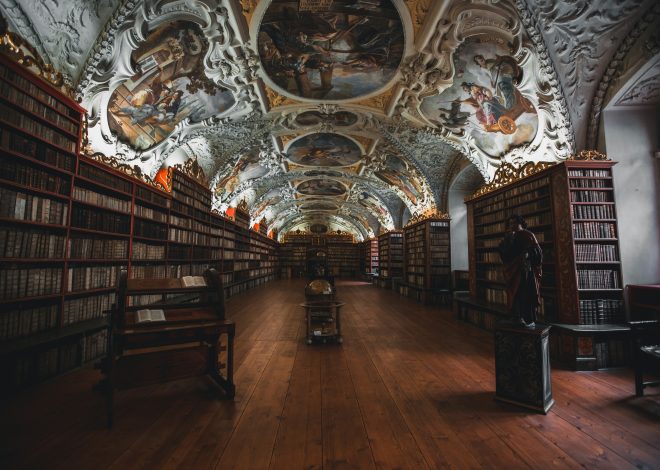What Are the Classic Designs of Traditional Ceiling Fans?
Introduction to Traditional Ceiling Fans
When it comes to home decor, few elements blend style and function quite like traditional ceiling fans. These timeless fixtures have graced homes for generations, providing comfort while enhancing the aesthetic appeal of any traditional ceiling fans room. Whether you’re seeking a touch of classic elegance or simply looking to cool down on a hot day, traditional ceiling fans offer versatile solutions that never go out of vogue. This blog post will delve into their rich history, key features, and popular designs to help you appreciate these enduring staples in modern living spaces. Let’s take a journey through the world of traditional ceiling fans!
The History of Ceiling Fans
The journey of ceiling fans begins in ancient Egypt. It was here that palm fronds were used to create a primitive form of cooling. These early designs relied on manual labor, as attendants would wave the fronds to provide relief from the heat.
Fast forward to the 19th century, when technological advancements transformed ceiling fans into mechanical devices. The first electric ceiling fan emerged in 1882, invented by Philip Diehl. This innovation marked a significant shift, making airflow more accessible and efficient.
By the early 1900s, ceiling fans became popular fixtures in homes across America. They weren’t just functional; they also began to serve as decorative elements. Art Deco and Victorian styles emerged, showcasing intricate designs that catered to various tastes.
Even today, this history influences modern designs while retaining charm and character associated with traditional craftsmanship.
Key Features of Traditional Ceiling Fans
Traditional ceiling fans are celebrated for their charm and functionality. One key feature is the use of natural materials like wood, which adds warmth to any room. These elements create a timeless appeal that complements various decor styles.
The motor quality in traditional ceiling fans often stands out. Many models boast energy-efficient motors that ensure quiet operation while delivering effective airflow. This combination enhances comfort without disturbing your peace.
Blade design also plays a crucial role. Traditional fans typically have wide blades that maximize air circulation, making them ideal for larger spaces.
Additionally, these fans come with pull chains or wall controls, offering straightforward usability.
Many traditional ceiling fans include integrated light fixtures. This dual-purpose function not only provides illumination but also contributes to the overall aesthetic of the fixture itself.
Popular Designs and Styles of Traditional Ceiling Fans
Traditional ceiling fans come in a variety of captivating designs that add charm to any room. One popular style is the Victorian fan, characterized by ornate detailing and rich finishes. This design often features intricate blades and elegant pull chains, making it a statement piece.
Another classic option is the farmhouse-style fan. These typically have wooden blades that evoke a rustic feel, perfect for creating a cozy atmosphere in country homes or modern spaces alike.
The Mediterranean style offers smooth lines and soft colors, ideal for achieving an airy look reminiscent of coastal living.
For those who favor vintage aesthetics, there are retro-inspired fans with bold colors and playful shapes that harken back to mid-century designs.
Each design not only serves as functional decor but also enhances the unique character of your space while keeping cool during warm months.
Choosing the Right Size and Functionality for Your Space
Selecting the appropriate size for your traditional ceiling fan is crucial. A fan that’s too small may struggle to circulate air effectively, while one that’s overly large can overwhelm a room’s design.
To determine the right dimensions, measure your space. For rooms up to 75 square feet, opt for a fan with a blade span of 36 inches or less. For larger areas—over 300 square feet—a span of at least 52 inches is typically best.
Functionality also plays a key role in your decision-making process. Consider whether you need additional features like remote control options or integrated lighting. Variable speed settings can enhance comfort by allowing you to adjust airflow based on seasonal needs.
Think about where the fan will be installed as well. Higher ceilings might require fans with longer downrods, while flush-mount designs work better in spaces with lower ceilings.
Maintenance Tips for Traditional Ceiling Fans
Keeping your traditional ceiling fans in top shape is essential for longevity and performance. Regular maintenance ensures they operate efficiently and look great.
Start by dusting the blades every few weeks. A microfiber cloth works wonders, trapping dust without spreading it around. Don’t forget to clean the motor housing too—dirt can build up there as well.
Check for any wobbling while the fan runs. This could indicate loose screws or unbalanced blades. Tightening screws or adjusting blade positions can resolve this issue easily.
Lubricating the fan’s bearings annually keeps everything running smoothly. Use a lightweight oil specifically designed for fans to avoid damaging components.
Inspect electrical connections periodically for wear or corrosion. If you notice anything unusual, consider hiring a professional to ensure safety and functionality remains intact.
Why Traditional Ceiling Fans Are Still Relevant Today?
Traditional ceiling fans continue to hold a special place in modern homes. Their classic designs bring a sense of nostalgia that many find appealing. The elegance of wood finishes or intricate metalwork can enhance any decor, creating warmth and character.
Beyond aesthetics, these fans are practical. They provide effective air circulation, helping to keep spaces cool during hot months without relying solely on air conditioning. This leads to energy savings and a smaller carbon footprint.
Many homeowners appreciate their versatility as well. With various styles available, traditional ceiling fans can fit seamlessly into diverse remote ceiling fan interior themes—from rustic cabins to elegant dining rooms.
Additionally, the blend of functionality and charm makes them timeless investments for any space. Even in an era dominated by sleek technology, there’s something comforting about the familiar hum of a traditional fan gently stirring the air around you.
Conclusion
Traditional ceiling fans remain a beloved choice for many homeowners. Their timeless designs and functional benefits create a unique blend of style and practicality. From the elegance of ornate detailing to the simplicity of classic lines, there’s something for everyone.
These fixtures not only provide comfort by circulating air but also enhance the aesthetics of any room. With various styles available, finding a fan that complements your existing decor is easier than ever. Moreover, proper maintenance ensures they last for years, maintaining their charm while delivering effective cooling.
As we continue to embrace modern technology in our homes, traditional ceiling fans hold their ground as versatile and reliable fixtures. They remind us that classic design never goes out of style and can coexist beautifully with contemporary elements in our living spaces. Whether you’re looking to make a bold statement or simply add functionality to your home, these fan designs are worth considering.


